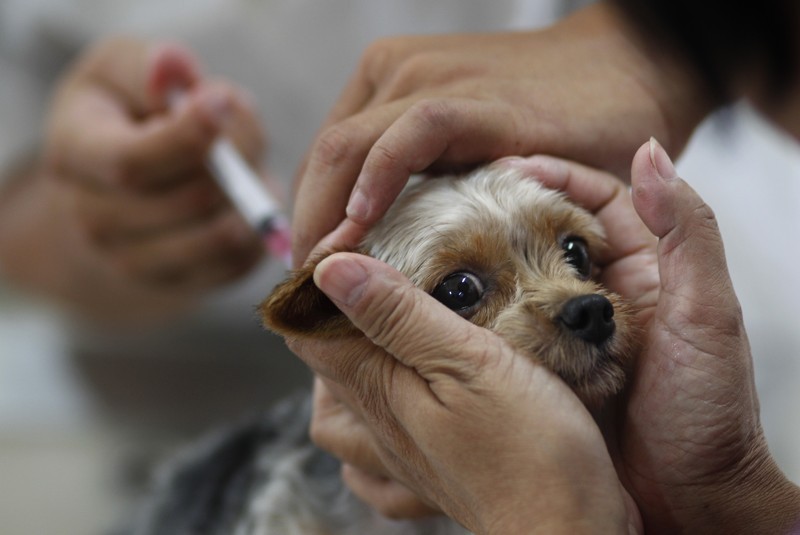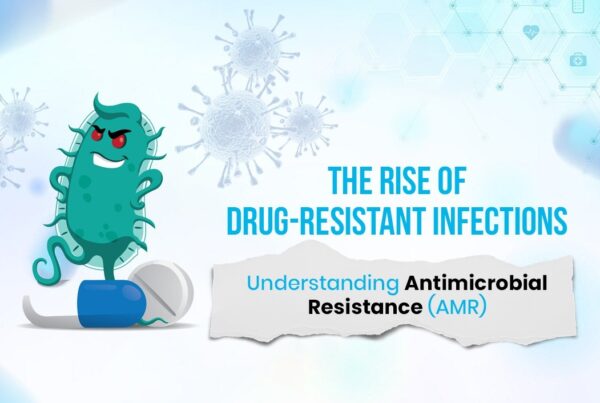What is Rabies ?
Rabies, a virus so fatal that mortality rates are very high if infected. These viruses attacks the central nervous system causing acute inflammation of the brain tissue and producing various central nervous system effect notably hydrophobia, fear of water. They are transmitted from scratches and bites from infected dogs in our country. It’s been estimated that 20000 deaths occur in India every year from rabies, that is far more than the amount of people die from a terrorist attack. The problem of stray dog have become a menace in our country and it has to effectively tackled before its uncontrollable.
Diagnosis of rabies can be confusing and mistaken for many central nervous system diseases with psychiatric illness. WHO recommends fluorescent antibody test( FAT ) to detect rabies antigen from urine, saliva, and central brain tissues. Microscopy examination of the brain reveals Negri bodies which is 100% diagnosis of rabies. Careful examination and history plays a vital role in early diagnosis and treatment.
Once infected incubation period can vary between 4 days to few years before the disease can manifest its self. There has been no effective treatment until today to treat rabies and fatality is inevitable. Treatment includes support care, sedation with induced coma by anesthetic agents and antiviral therapy. This treatment has been name the Milwaukee protocol, which has met with limited success. There has always been a saying prevention is better than cure.
Fortunately we have discovered a vaccine and Immunoglobulin effective to control and treat rabies at an early stage. Primary prevention is by identifying the high risk category and vaccinating them. In India, National Institute of Communicable disease, Government of India has issued National Guidelines for Rabies prophylaxis and Administration of Cell Culture Rabies Vaccine based on WHO recommendations. They have been divided based on type of contact, exposure and recommended post exposure prophylaxis.
According to these guidelines any nibbling of uncovered skin, minor scratches or abrasions without bleeding is categorized as Minor and needs wound management and anti rabies vaccination. Severe injuries include single or multiple bites and scratches, licks on broken skin or contamination of mucus membrane with saliva, requires wound management, rabies immunoglobulin and anti rabies vaccine.
Anti Rabies vaccination regime for post exposure prophylaxis is administering intra muscular Human Diploid Cell Vaccine of five doses. These are given on days 0, 3, 7, 14 and 28. The sixth dose (day 90) is recommended for patients who are extreme aged and are considered to be immune deficient. Day 0 indicates the date of first injection. The deltoid region is ideal site for injection and gluteal is not preferred as it may cause impaired absorption of antigen due to excessive fat cells. In infants its ideal to use the anterolateral thigh for injections. Patients who are previously vaccinated and have been re exposed will need only 2 doses of boosters on day 0 and day 3.
Treatment of Severe injuries include Wound toilet, using soap or antiseptic and flushing the wound with running water or saline. It has to be noted that rabies virus multiplies at the wound site and great care should be given to remove saliva and other contaminants for the site to minimize the infection.
Antiseptics such as betadine , alcohol, chloroxylenol can be used. Suturing the wound should be avoided if possible and if needed loosely placed sutures are preferred.
Rabies Immunoglobulin is available, Human Rabies Immunoglobulin are preferred because of the least immunogenicity and longer half life. The dose of HRIG is 20 IU per a Kg body weight and a maximum of 1500 IU. The injection has to be given in and around the wound site and any left over should be administered deep intra muscular at a distant site. Immunoglobulin are not indicated seven days after vaccination since by then the body will have sufficient IG to fight the virus. In case of multiple bite site it’s been advised to dilute the calculated dose with saline for administration.
By conclusion, Rabies is easy to prevent rather to treat. The Government has taken various steps to tackle rabies among stray dogs by vaccinations and neutering them but enough is yet to come. Dogs are mans best friends but they can be lethal at times. Prompt treatment with proper skills can be life saving. One day we will succeed in eradicate Rabies, that day is not today !









